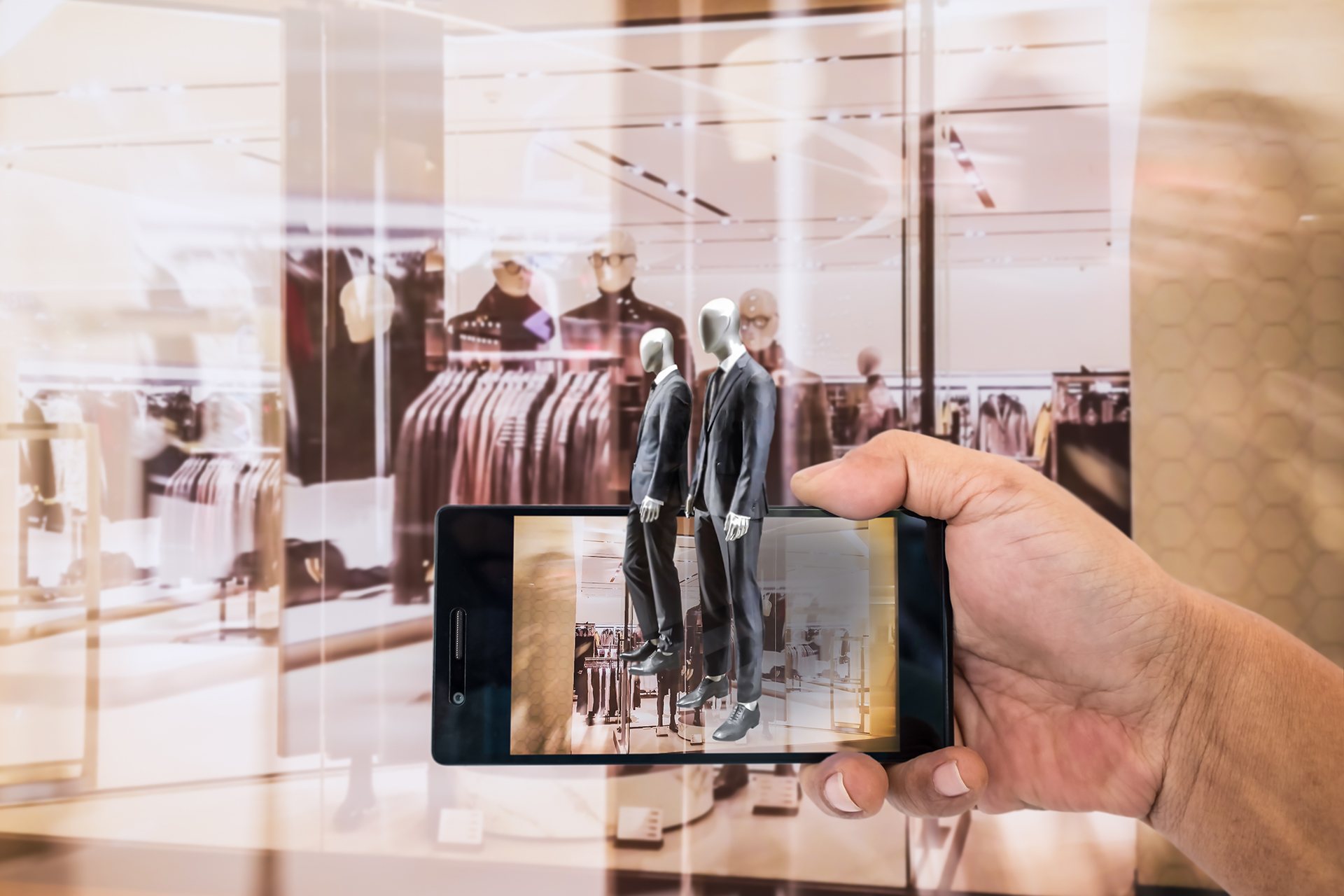The latest research claims millennials possess more buying power than any other generation. According to a recent article in Brand Packaging, in dollars and cents this means millennials currently account for approximately 25% of the U.S. population and boast an annual purchasing power of $1.3 trillion. Not too shabby! Brands often build strategy to create engaging Millennial Packaging, but sometimes find it difficult.
When you consider the magnitude of spending power and sheer “connectedness” of this generation, it’s easy to see why the millennial market plays a key role in most brands’ growth strategies. But how to target this seemingly fickle audience?
One of the most interesting differences between millennials and previous generations is the power shift between the brand and the consumer. Gone is the traditional purchasing model, wherein the brand wields more power than the consumer. Now, millennials have the global market at their fingertips (literally), and because they’re so well-connected, they know when a product is inferior or if a brand isn’t delivering on its promise. Using social media, the millennial can instantly identify product alternatives, and they don’t hesitate to try them. In fact, millennials are said to be as much as 70-80% less loyal to brands. This means that to capture the millennial market, companies need to create unique brands that target the core beliefs and behaviors of millennials. But to do so, retailers and brands have to first understand exactly what these core beliefs are.
“Cleaner, Whiter, Bigger and Brighter” Don’t Resonate – Know How To Market To Millennials
Stores.org reports approximately 77% of millennials say they don’t want to buy the products their parents did, and 88% think private label products are just as good. Millennials didn’t experience the same advertising, the same exposure, and the same big three TV networks their parents did. They digest media in a completely different way, relying on review sites such as Yelp and BuzzFeed, which influence their product perceptions.
Nor do millennials respond to traditional advertising messages. Catchy taglines that promote “cleaner, whiter, bigger, and brighter” simply don’t resonate. This audience came of age in a recession, burdened with student debt. They lived at home for longer than they wanted. They care less about “cleaner, whiter, bigger, and brighter” and more about lower prices, authenticity, transparency, and mission-driven strategies that improve economics everywhere.
Packaging for Millennials
Eager to capture the millennial market, some brands are focusing on their packaging to promote these attributes. They use packaging real estate to advertise trustworthiness, ingredient transparency, health, and sustainability. And they dedicate a significant amount of time and resources to designing packaging that is indistinguishable from their private label competitors. Brand Packaging offers the following design tips to create appealing packaging for millennials.
Millennials Embrace minimalism
Millennials prefer minimalism, but this doesn’t mean you should limit your packaging design to a black and white color scheme. It means you should play with clean layouts, effective use of white space, and symmetry. Also well-received: bright or contrasting colors, unusual typography, and shadow and texture.
Use bright colors In Your Packaging
While designers have often relied on the use of subdued colors when creating a minimalist design, bright or contrasting colors are currently experiencing their 15 minutes of fame. In fact, many brands are taking a cue from popular social media and online services (think: Instagram, Snapchat and Spotify) and are now using vivid color schemes to help their products stand out on the shelf.
Create unique fonts
It turns out, millennials have a penchant for unique typography. Take time to create unique fonts from scratch to capture their attention and make a product’s unique selling propositions stand out amidst all of the “shelf noise.”
Utilize analog
Millennials are reportedly nostalgic, hence the growing popularity of retro styles, print-inspired designs, and hand-drawn images. Millennials are also attracted to products that feature designs based on older analog production methods. Word of caution: while you might want to strike while analog is hot, if your brand stands for “new,” “innovative,” and “advanced,” an analog design might be too far off the mark and you risk muddying your brand waters.
Millennials want instant gratification
Millennials are spoiled for speed, ease, and efficiency when gathering information, communicating with others, and making a purchase. Therefore, savvy brands make sure their products’ unique selling propositions are easy to spot and easy to digest. As stated earlier, minimalism is key. Complex packaging requires more time of millennials, and they’ll move on before they’ll purchase.
Tell a story
Millennials witness (are addicted to?) the stories of people’s lives. They “like” pictures on Instagram. They “snap” with friends. They watch reality TV! Therefore, brands need to tell a real story, and “real” means design elements such as stock images no longer work. Millennials see them as hackneyed, and they can hurt your brand’s reputation. Instead, opt for original, visual content that promotes the “why,” not the “what,” of the purchase.
Keep your packaging visual
Because information is available in an instant (“Hey, Alexa!”) millennials tend to ignore text heavy packaging. In fact, 41% of millennials suffer from information overload. Therefore, make good quality photography a priority. User-centered photos and stunning product images create the user experience millennials want and need.
Keep Up with the Millennial Pace
Millennials demand more from the brands they purchase, and they are forcing brands to push the envelope when it comes to innovative products and packaging. By understanding their influence and designing the right packaging solutions, brands can not only keep pace with millennials but also leverage their voices to market products.
Frequently Asked Questions
What Is The Biggest Differentiating Factor In Millennial Marketing?
One of the biggest factors that set millennial marketing apart is its ‘you’ focused approach. Historically businesses have emphasized the importance of their product, service, or business as a whole for their customers. The truth is, Millennials don’t care – so emphasize the benefit they will receive from using your product.
How Should I Leverage Color In My Marketing To Millennials?
The use of color is somewhat subjective to the product you are selling – however its a better bet to play on the more subtle end than going bold and bright. Generally speaking simpler is better as millennials have begun embracing minimalism, and prefer their products to have a more humble appearance than an overstated one.
How Important Is Branding And Story Creation For Millennial Marketing?
Millennials, like most consumers, buy from brands they trust. This trust is won over time, but aligning your brand with a story can go a long way in capturing new millennial customers. Whether the story behind your brand is literal, or implicit, millennials will buy into a business with a story over a business with a good deal.










